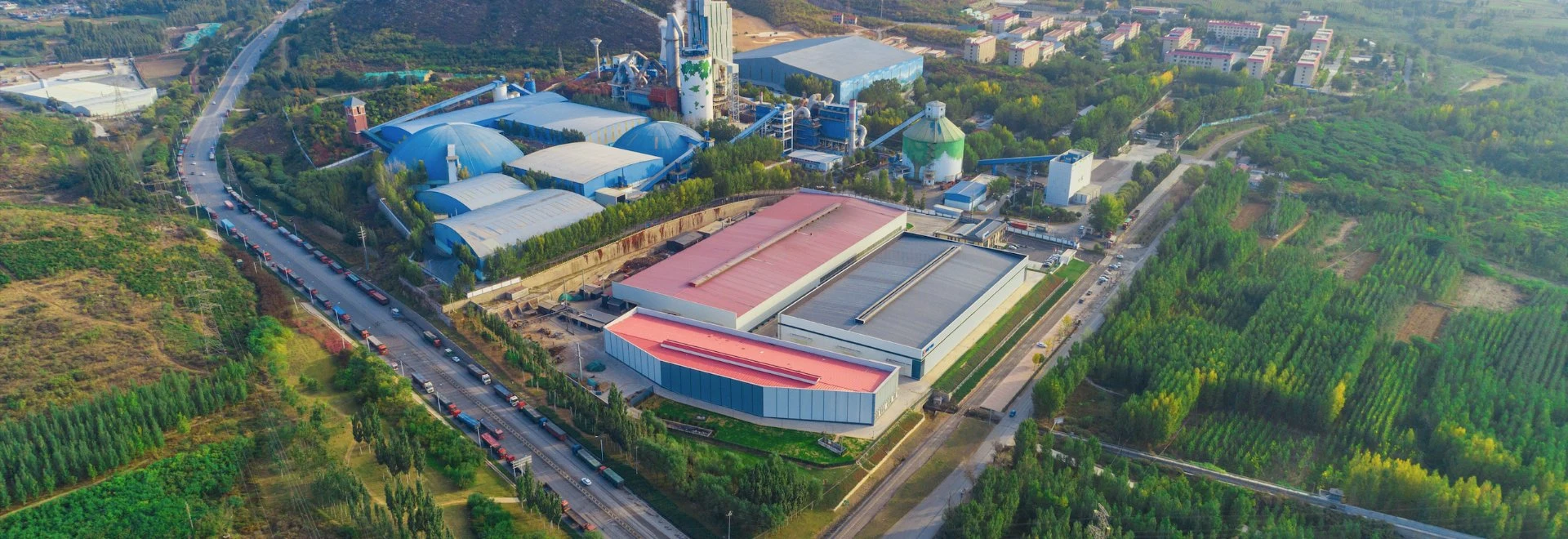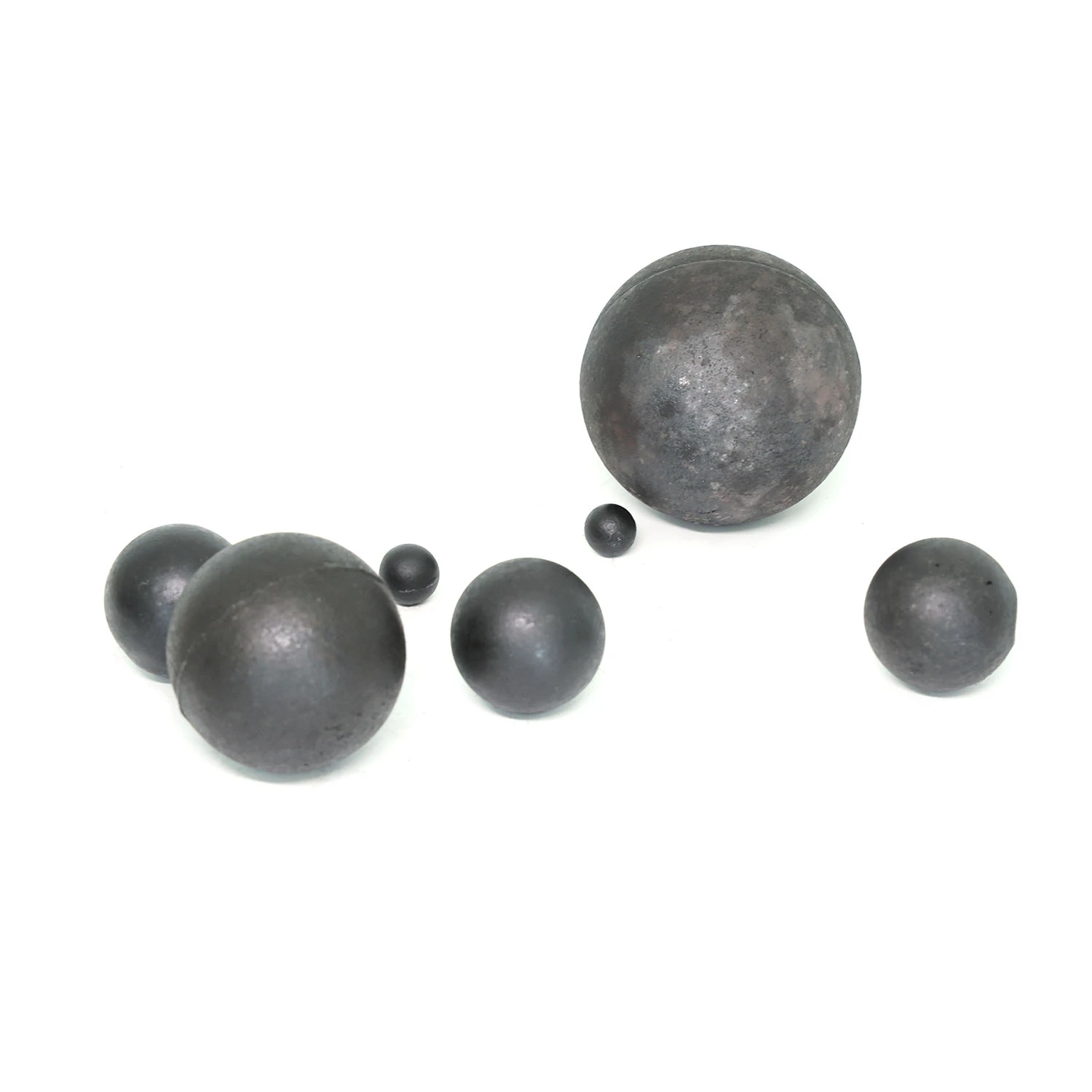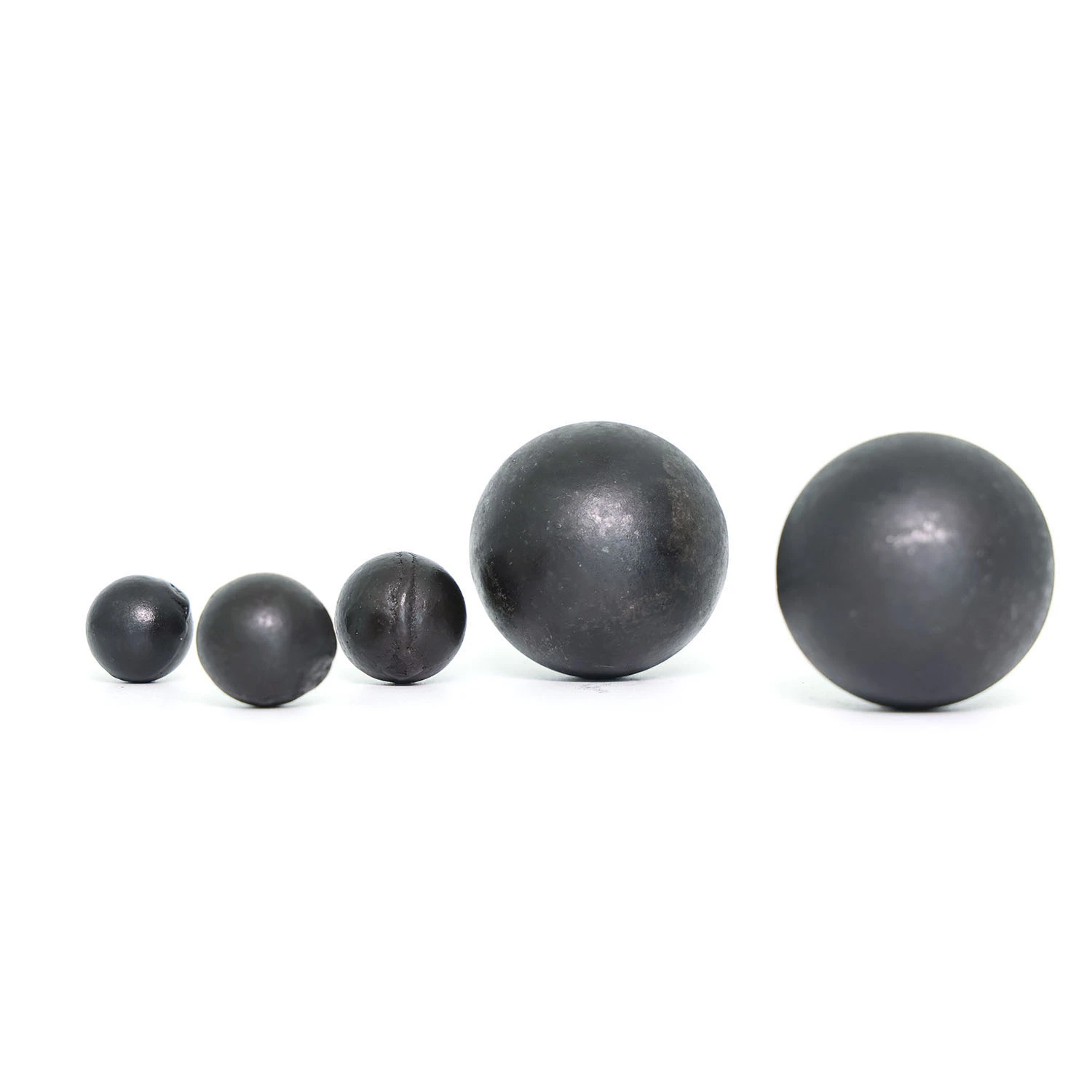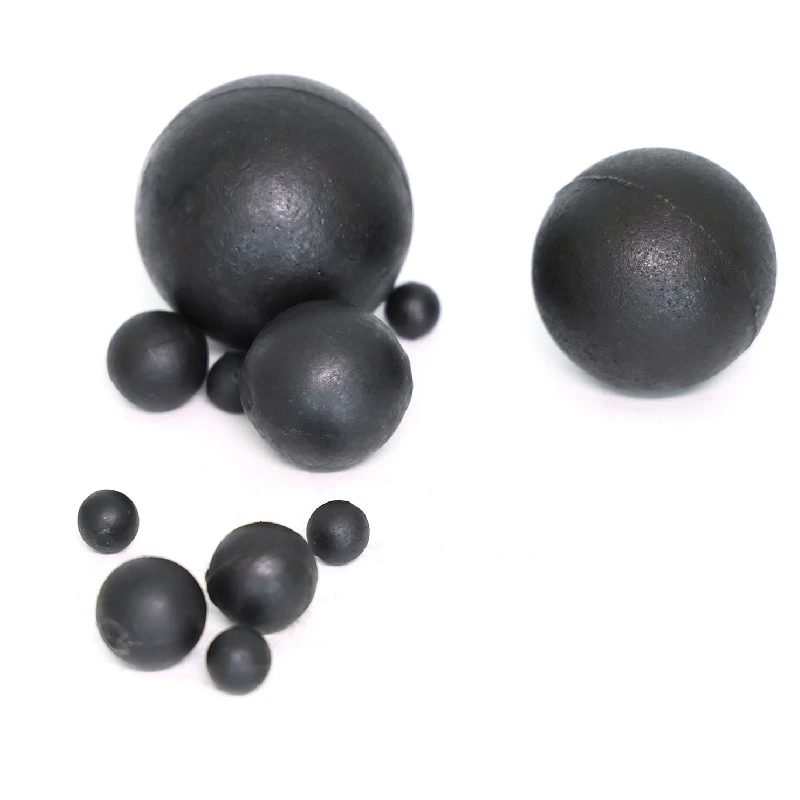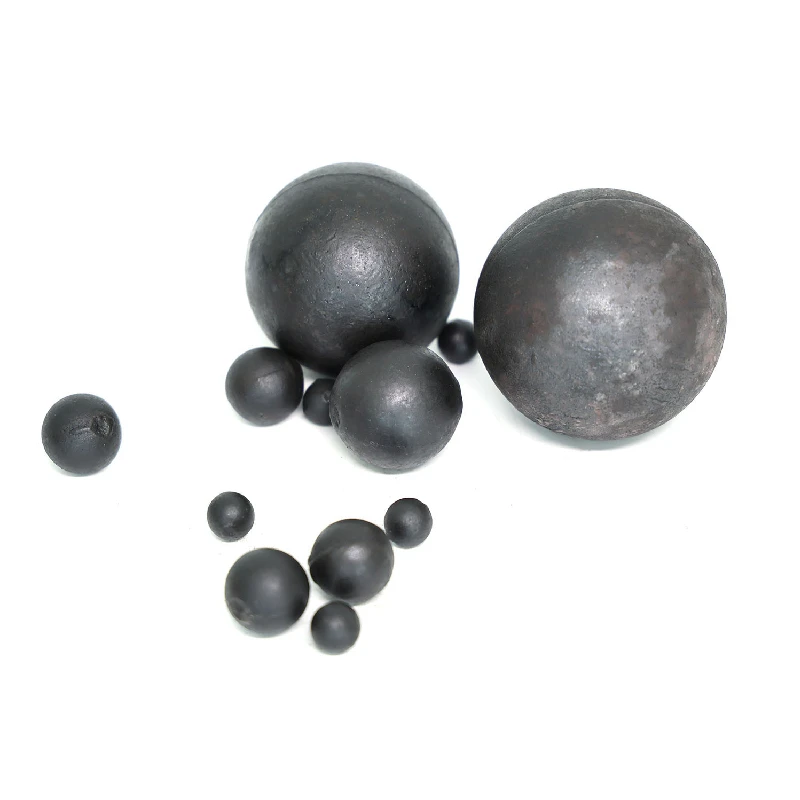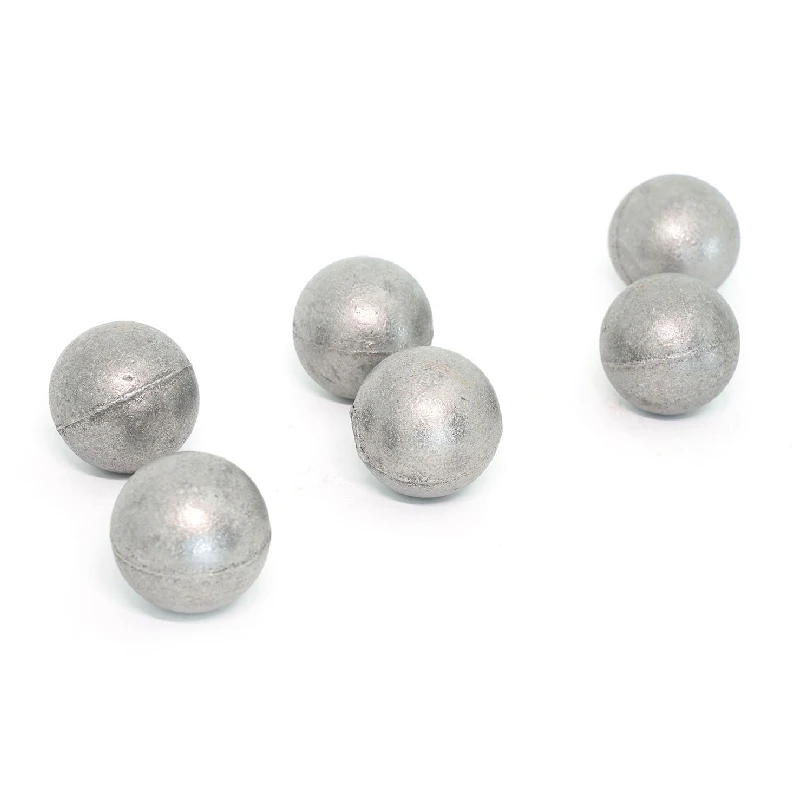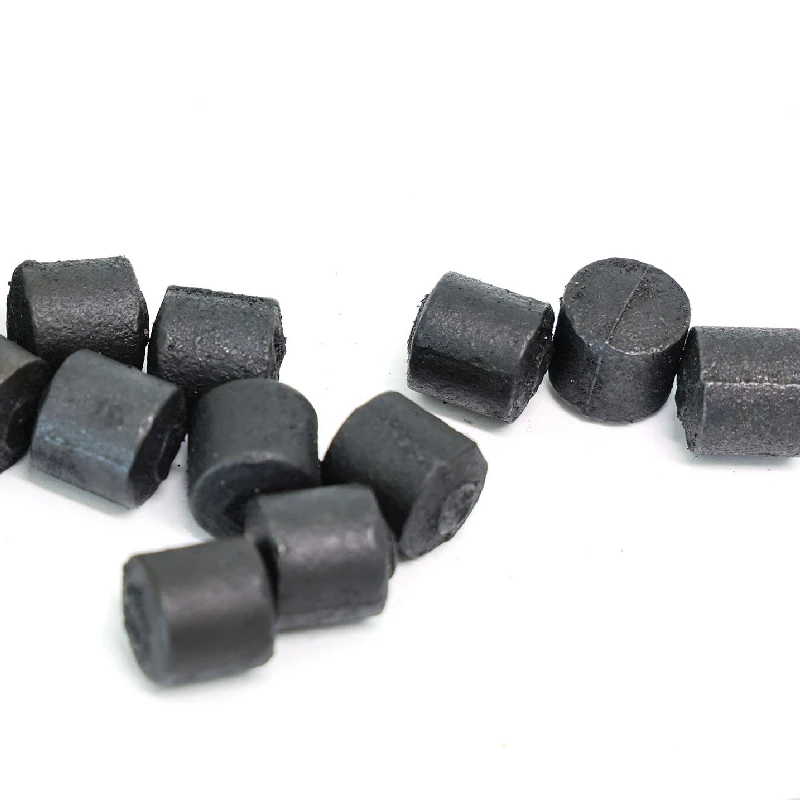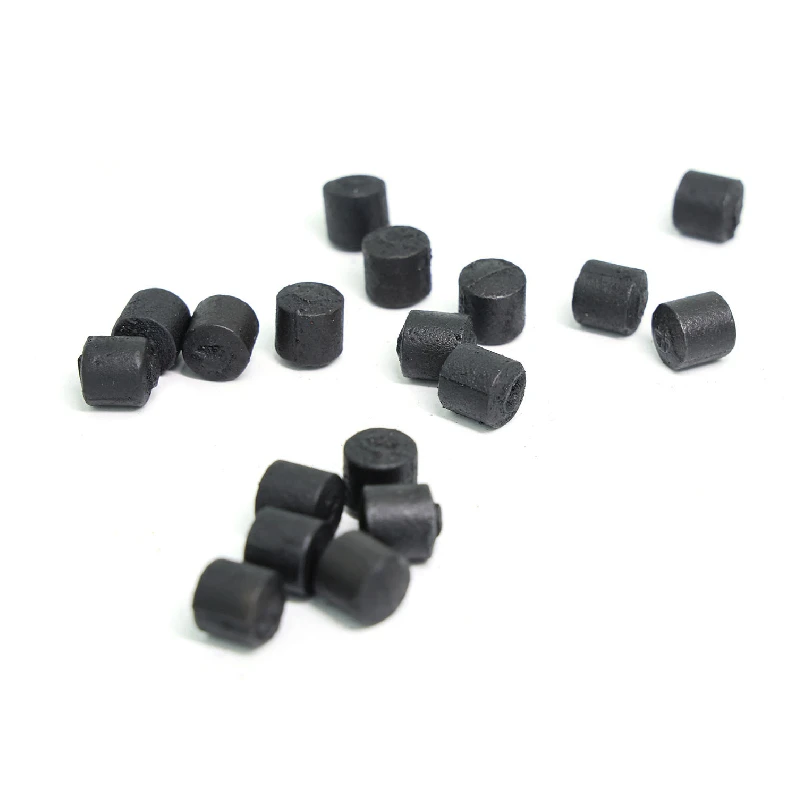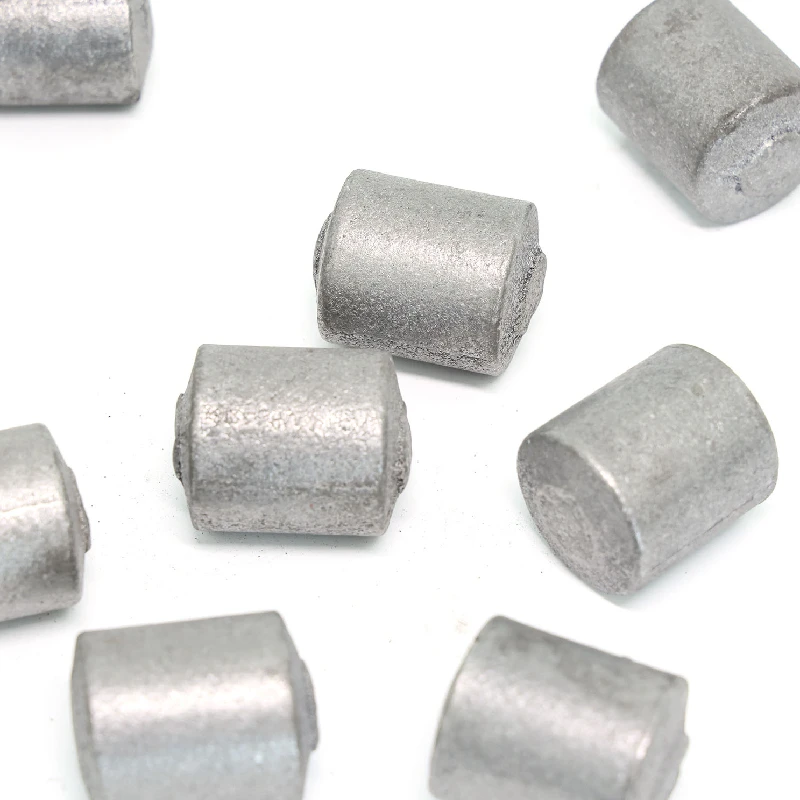- Afrikaans
- Albanian
- Amharic
- Arabic
- Armenian
- Azerbaijani
- Basque
- Belarusian
- Bengali
- Bosnian
- Bulgarian
- Catalan
- Cebuano
- China
- Corsican
- Croatian
- Czech
- Danish
- Dutch
- English
- Esperanto
- Estonian
- Finnish
- French
- Frisian
- Galician
- Georgian
- German
- Greek
- Gujarati
- Haitian Creole
- hausa
- hawaiian
- Hebrew
- Hindi
- Miao
- Hungarian
- Icelandic
- igbo
- Indonesian
- irish
- Italian
- Japanese
- Javanese
- Kannada
- kazakh
- Khmer
- Rwandese
- Korean
- Kurdish
- Kyrgyz
- Lao
- Latin
- Latvian
- Lithuanian
- Luxembourgish
- Macedonian
- Malgashi
- Malay
- Malayalam
- Maltese
- Maori
- Marathi
- Mongolian
- Myanmar
- Nepali
- Norwegian
- Norwegian
- Occitan
- Pashto
- Persian
- Polish
- Portuguese
- Punjabi
- Romanian
- Russian
- Samoan
- Scottish Gaelic
- Serbian
- Sesotho
- Shona
- Sindhi
- Sinhala
- Slovak
- Slovenian
- Somali
- Spanish
- Sundanese
- Swahili
- Swedish
- Tagalog
- Tajik
- Tamil
- Tatar
- Telugu
- Thai
- Turkish
- Turkmen
- Ukrainian
- Urdu
- Uighur
- Uzbek
- Vietnamese
- Welsh
- Bantu
- Yiddish
- Yoruba
- Zulu
Feb . 15, 2025 09:55 Back to list
시멘트 밀용 라이너 플레이트
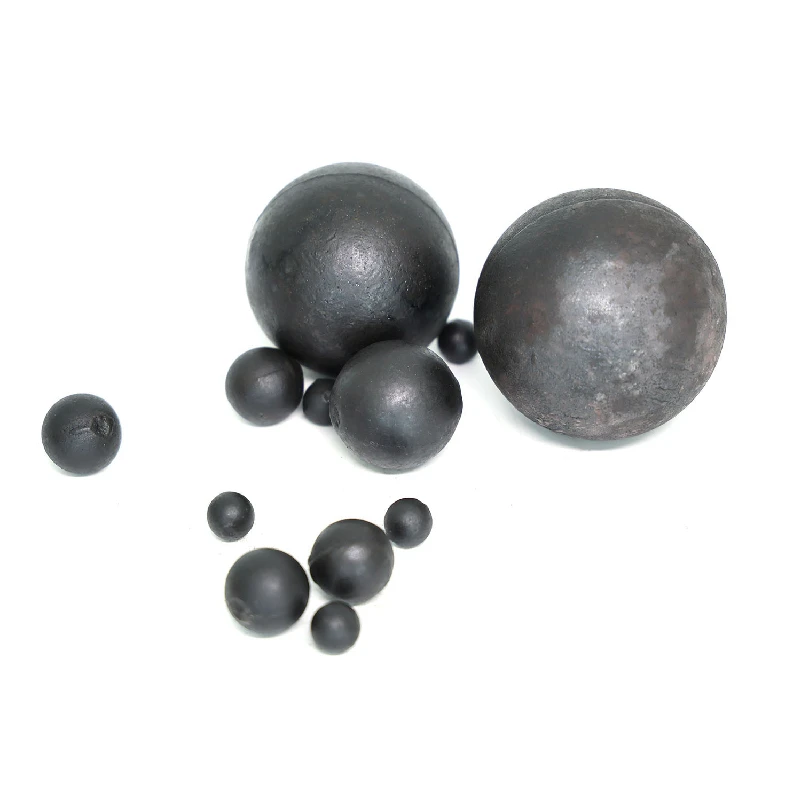
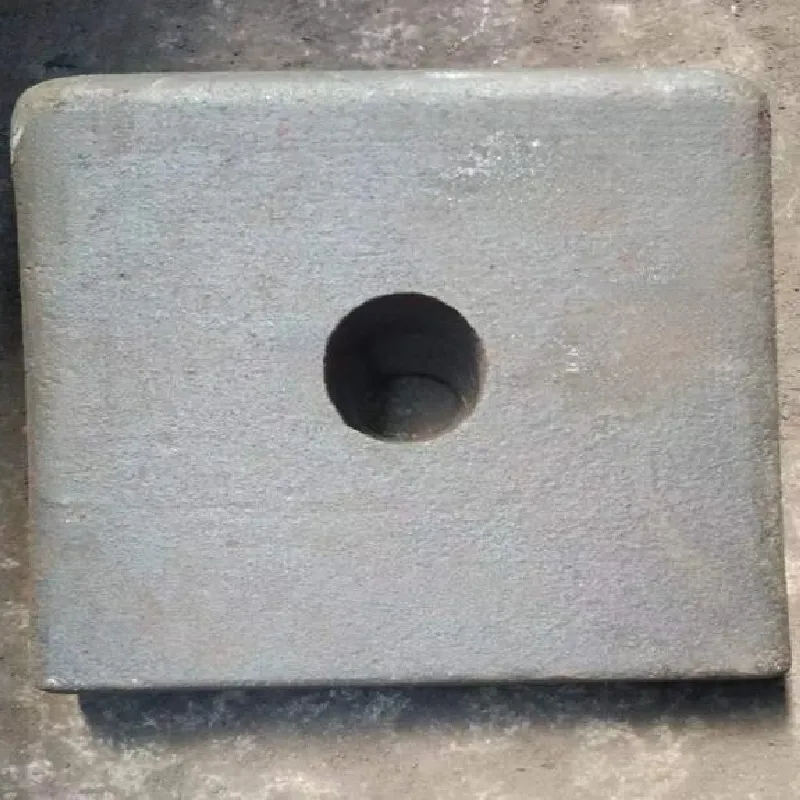
Trustworthiness is earned through consistent performance and proven quality. Top manufacturers adhere strictly to international manufacturing standards, ensuring each liner plate is reliable, safe, and fit for purpose. Moreover, by documenting each stage of the production from smelting to final inspection, clients are afforded a complete traceability chain—a mark of true accountability and transparency. Feedback loops with end-users foster continuous improvement, whereby client experiences directly contribute to product enhancement strategies. When choosing liner plates, it’s crucial to consider the unique requirements of your milling operations. Factors such as the type of cement, the specific milling process, and the desired particle size distribution all play a role in selection. High-chrome liners, for example, possess extraordinary toughness and would be suitable for harsh environments with high impact operations. In contrast, rubber liners might be preferred for applications where noise reduction or weight is a priority. Regular maintenance is pivotal in extending the lifespan of the liner plates. Implementing an effective maintenance schedule that includes regular inspections, timely replacements, and proper storage of spare parts can significantly reduce unforeseen interruptions. Furthermore, leveraging expert recommendations for maintaining the balance between liner wear and mill throughput delivers substantial economic advantages. The cement industry continually searches for ways to improve efficiency and reduce costs. The choice of liner plate may seem a small part of the broader operation, yet it plays a vital role in the overall productivity and energy consumption of a plant. By aligning experience with cutting-edge metallurgy, relying on authoritative expertise, and maintaining rigorous quality controls, businesses can ensure that their cement milling operations run smoothly, thereby enhancing profitability in an increasingly competitive marketplace. With a focus on these critical aspects, companies can harness the full potential of their milling infrastructure, driving both growth and sustainability in their operations.
-
Unveiling the Significance of High - Performance Materials in Wear - Resistant Applications
NewsJun.23,2025
-
Unraveling the Significance of Manganese - Based Materials in Industry
NewsJun.23,2025
-
Unraveling the Significance of Industrial Wear - Resistant Materials
NewsJun.23,2025
-
Optimizing Industrial Equipment Performance with Liner Plates
NewsJun.23,2025
-
Diverse Applications and Insights into Industrial Lining Solutions
NewsJun.23,2025
-
Diverse Alloys Shaping Industrial Applications
NewsJun.23,2025
Realted Products
